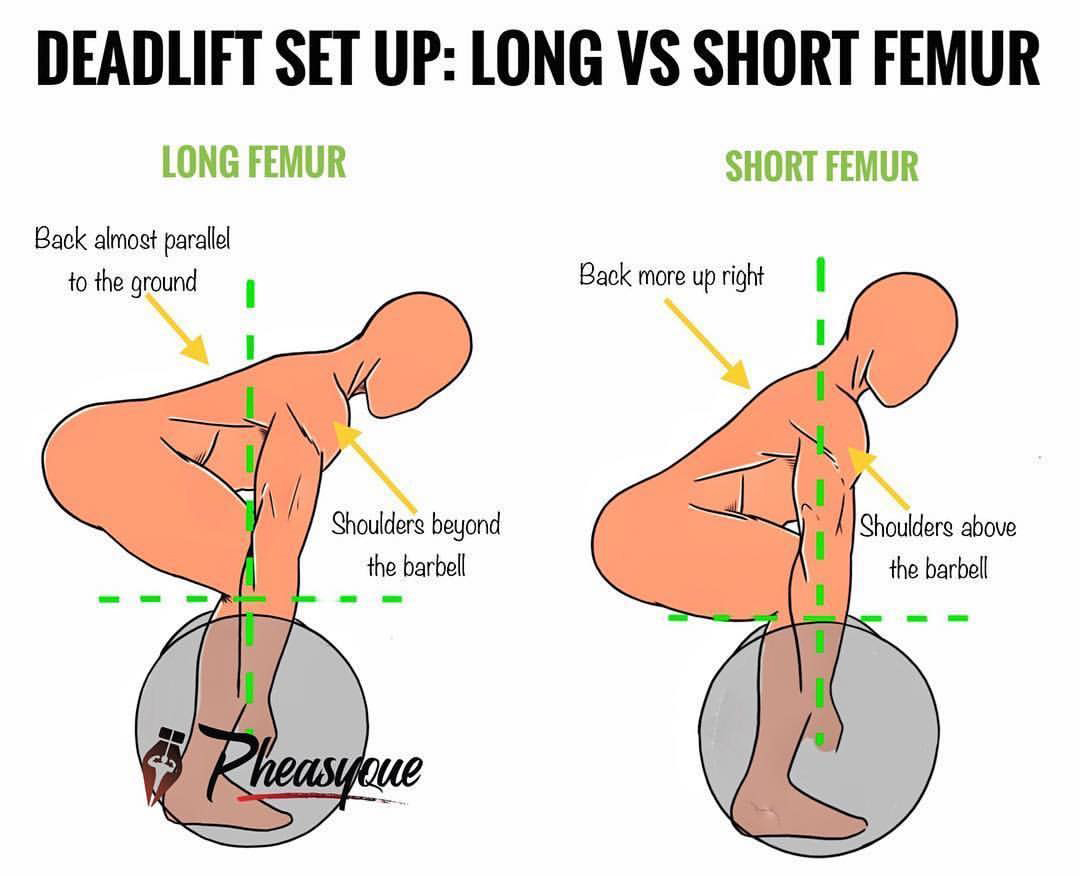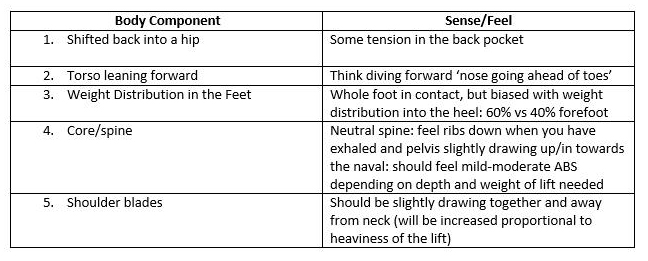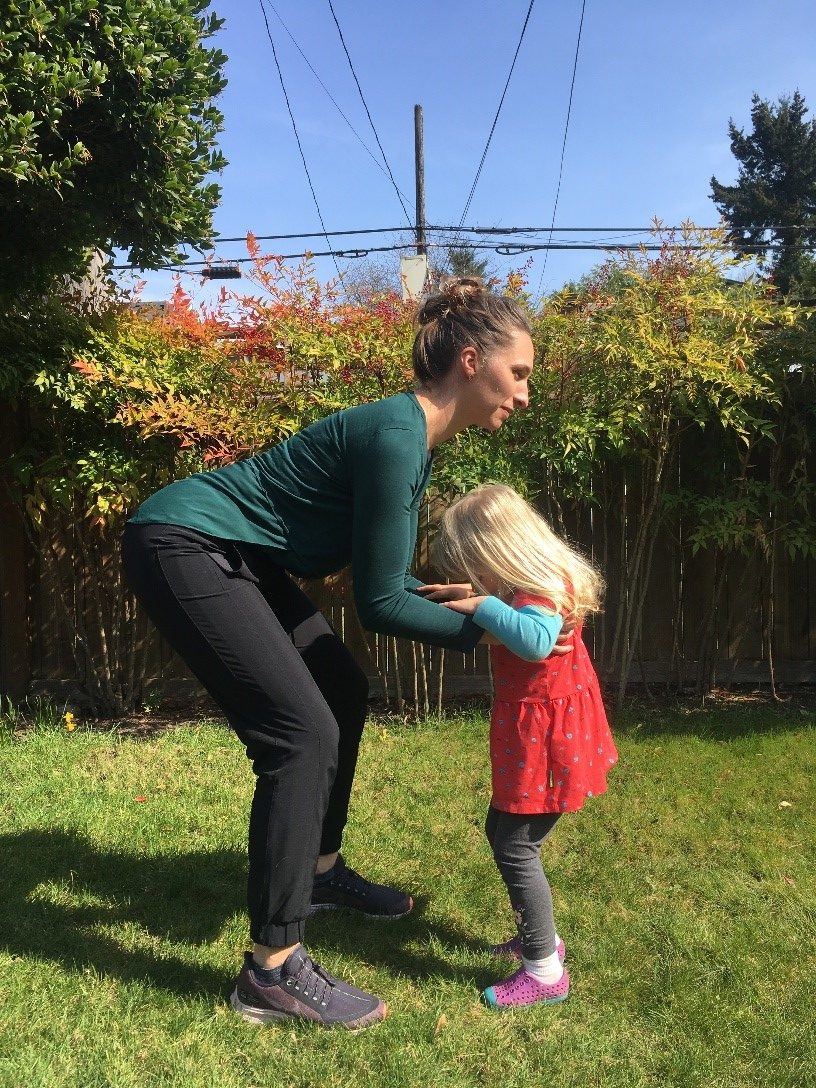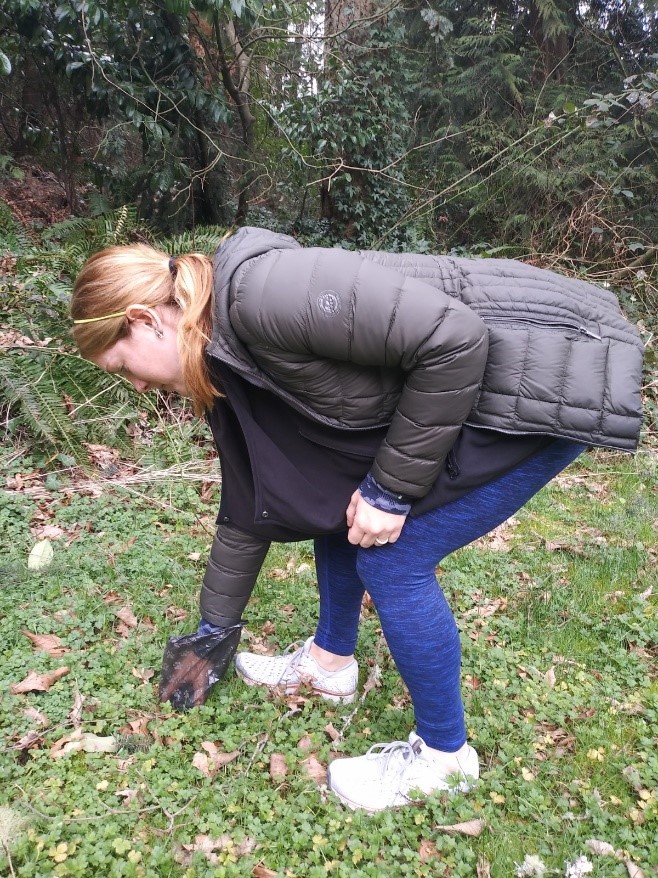The Everyday Hip-Hinge
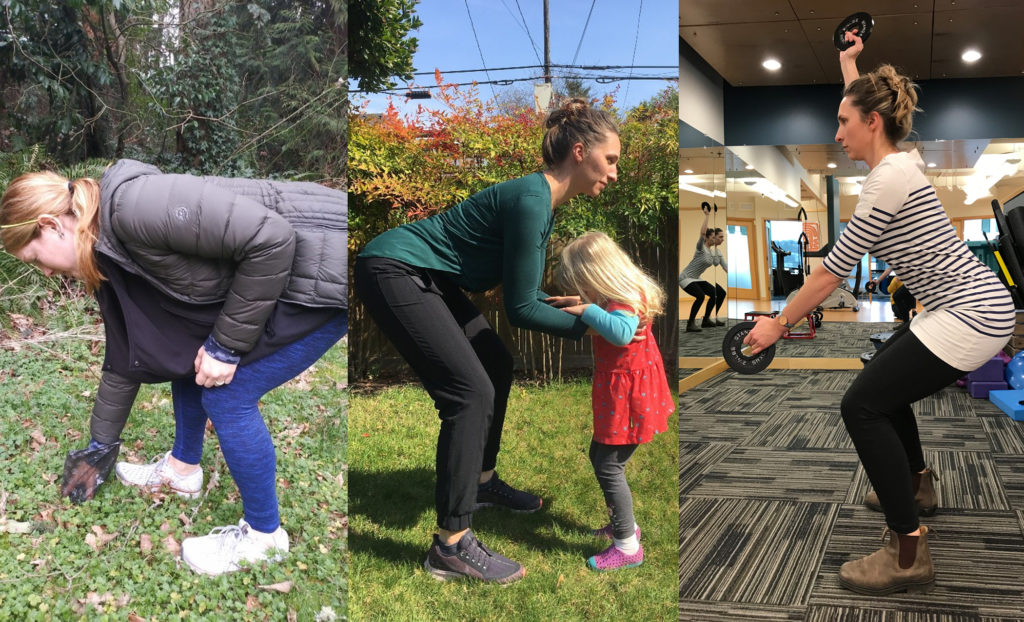
By Laurie Gribschaw DPT, ATC, PRC & Coral Lewis MPT, CAFCI
The ability to effectively hip hinge is a fundamental and foundational movement pattern that is relevant to everyone! Can you remember how many times you bent forward today? If you’re anything like the average human, that number is going to be quite significant. Given that everyone has to lean forward, improving and refining the hip hinge movement for your individual body pays back its worth in dividends: you’re reducing your risk for cumulative strain on your low back while gaining functional strength in the very important muscles along your backside. Winning! With this information in mind, correcting hip hinging mechanics is “low hanging fruit” in the pursuit of injury prevention. Thus, hip hinging is very relevant in the conversation regarding back health, lifting technique and movement empowerment.
Before getting down to the nitty gritty, let’s talk safety because we have a bone to pick! Yes, a deadlift is a hip hinge and no it’s not reserved for powerlifters and CrossFit enthusiasts. The deadlift has gotten a bad reputation outside of the weight lifting realm when, in fact, it is a safe and functional activity when done correctly. So, we started off by calling it a hip hinge because we didn’t want to lose you at the word “deadlift”. We deadlift all the time during the day, in fact Coral did over 15 deadlifts picking up her 3-year-old this afternoon and Laurie had at least a few picking up Ziggy poop and pruning a hydrangea (in addition to her barbell workout)! We hope by the end of this article you feel more confident owning your deadlift with an improved hip hinging strategy that will give you more strength and protect your back over the long-term.
Figure 1. Retrieved from https://pikdo.net/u/pheasyque/174179246
There isn’t one universal “ideal deadlift”. In fact, your ideal deadlift will look quite different from mine simply because we have different limb lengths and anatomy. As a general guide, your torso will look a little more forward if you have longer legs, vs more upright if you have a longer torso/shorter leg combination (see figure 1). Anyone who has studied physics might be noticing there is an advantage with shorter legs, so us long thigh bone folks need some extra core stability requirements, especially the lower to the ground that we hinge. Don’t get too hung up on exactly where all your bits are, it’s more about where movement is coming from and what muscles you are utilizing to give you stability and strength during the motion.
Technique and Functional Application
The Basic Hinge Cues
Real Life Application
Scenario 1: Coral picking up her 3-year-old daughter: She might be a bit big for getting carried around but it’s a good way for Coral to practice a good hip hinge strategy.
Scenario 2: Long femur Laurie picking up Ziggy poop from the ground
Laurie is taking a split hinge approach (it doesn’t have to look perfect or symmetrical every time!) that is shifting her into her left hip while she reaches for the dog waste with her right hand. Notice how far forward her trunk is; she is supported by her abdominals and her spine remains neutral. The knee moves slightly, yet she maintains tension in the left back pocket line.
Note that each person’s back, body and nervous system is unique and has its own individual story. What is shown here might not be what your body needs right now due to mobility restrictions or strengthening requirements. We are providing a frame-work for improving hip hinging but it’s not a one size fits all recommendation; we’d love to see you in clinic to refine it specifically for where your body is right now.
Happy Hinging!

